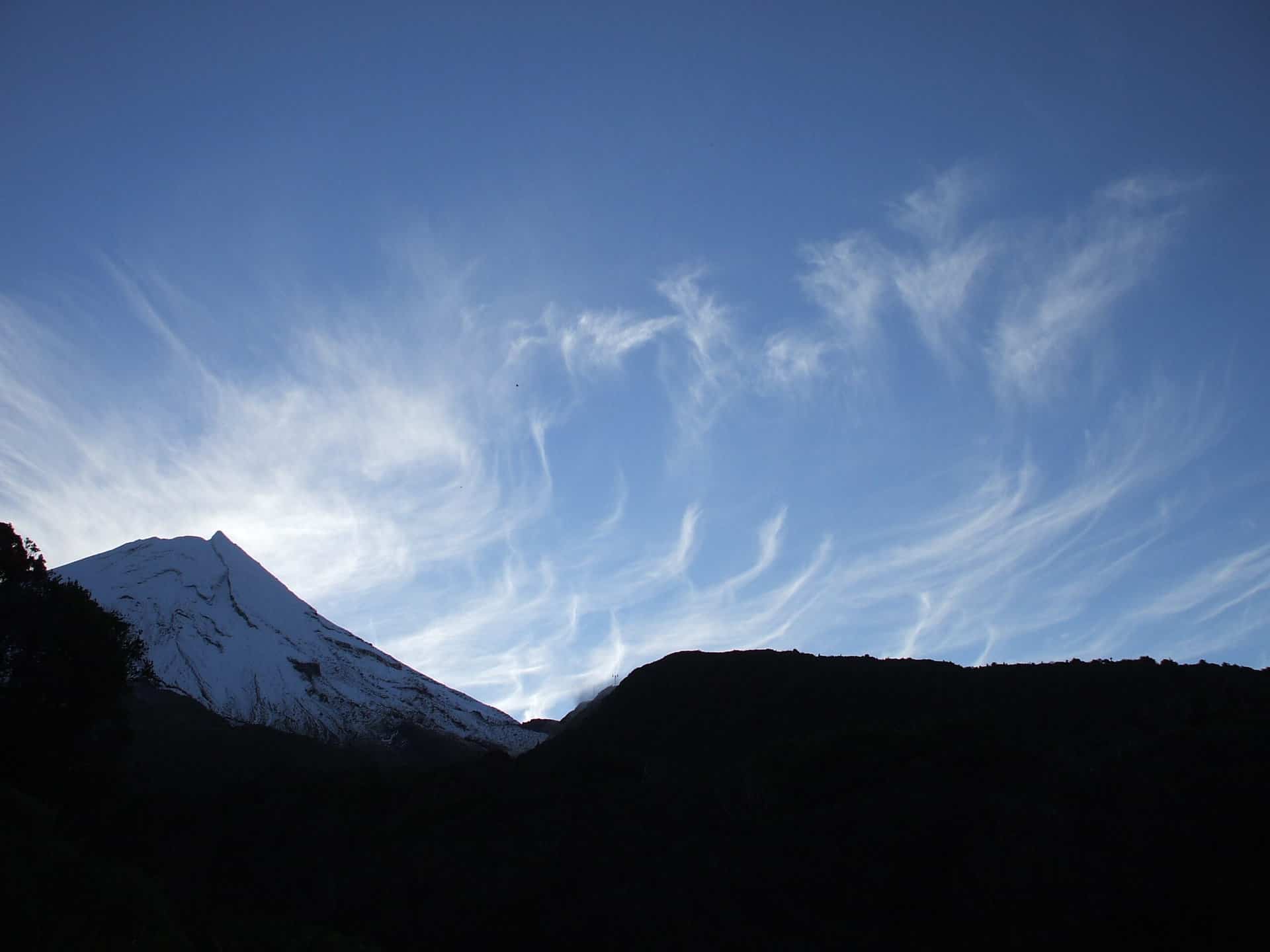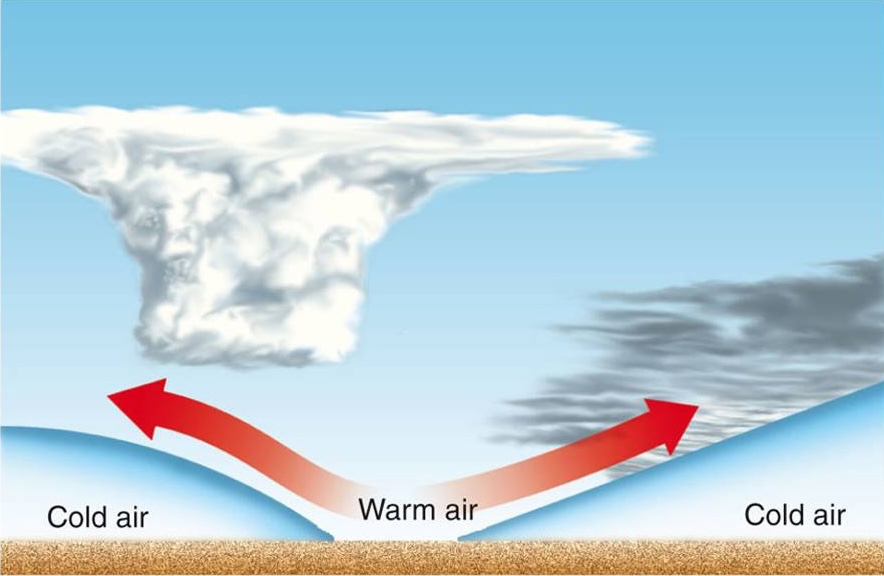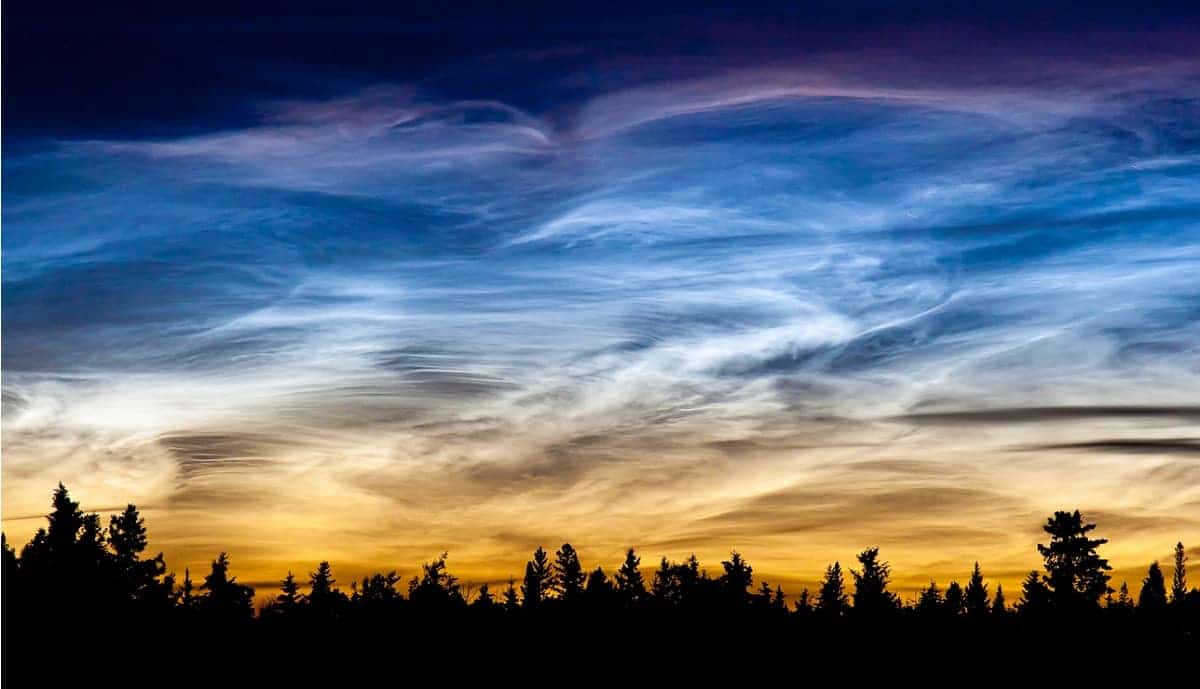
New Zealand’s unique geographical location in the South Pacific makes it an ideal location for studying both global and local weather phenomena through our introduction to meteorology course.
Understanding weather starts with recognizing the global patterns that influence weather systems, such as the movement of air masses, the rotation of the Earth, and the distribution of oceans and continents.
Globally, weather is driven by the sun’s energy, which causes differential heating across the planet. This creates large-scale wind patterns, ocean currents, and climate zones, all of which affect New Zealand’s weather.

On a local level, New Zealand’s weather is significantly influenced by its topography and surrounding oceans that will all be explained on our meteorology course.
The country experiences a maritime climate, characterized by relatively mild temperatures, high humidity, and frequent rainfall affecting common activities like: Hiking, Stargazing, Rock Climbing and Snow Sports, Sea Kayaking, Multisport Kayaking, Packrafting, Paddle Boarding, Snorkeling and Hiking (river crossings).
The Southern Alps, which run the length of the South Island, play a crucial role in shaping weather patterns by acting as a barrier to the prevailing westerly winds, leading to distinct differences between the weather on the windward (western) and leeward (eastern) sides.

In New Zealand, weather is often summarized by the three elements: cold, wet and windy. These elements are integral to understanding the country’s weather and climate patterns.
The cold element is largely driven by the country’s proximity to the Antarctic, leading to cool southerly winds that bring colder temperatures, particularly in the winter months.
On our meteorology course, we will explain how wet conditions are prevalent due to the country’s maritime climate, with frequent rain, especially in the western regions.
Windy conditions are common as New Zealand lies in the path of the roaring forties, a band of strong westerly winds found between latitudes 40° and 50° south.
Air lifting mechanisms are essential to understanding how clouds form and precipitation occurs. In New Zealand, several types of lifting mechanisms are at play:
Orographic lifting: As moist air masses move eastward and encounter the Southern Alps, they are forced to rise. This cooling of the air as it rises leads to condensation and precipitation, contributing to the high rainfall on the western side of the Alps.
Frontal lifting: This occurs when two air masses of different temperatures and densities meet. In New Zealand, warm, moist air from the north often meets colder air from the south, leading to the formation of weather fronts that bring rain and sometimes severe weather.
Convective lifting: On warm days, the sun heats the Earth’s surface, causing air to rise. This type of lifting can lead to the development of localized thunderstorms, particularly in the summer months.


Weather charts are fundamental tools for meteorologists and are crucial for understanding and predicting weather. In this weather course, students will learn to interpret synoptic charts, which show the positions of high and low-pressure systems, fronts, and other meteorological features. Understanding these charts is key to predicting weather patterns and preparing for weather-related events.
Seasonal changes in New Zealand are influenced by its latitude and the tilt of the Earth’s axis. The country experiences four distinct seasons, each with its own weather patterns. Spring is known for changeable weather, with frequent westerly winds. Summer brings warmer temperatures, especially in the north, and is often drier. Autumn sees a cooling trend and an increase in rainfall, while winter is characterized by colder temperatures and snow in mountainous regions.
Weather Forecasting, In-Field Interpretations, and 'Now-Casting'

An indisputable philosophy:
There is no such thing as “bad weather”; only a bad perspective, bad clothing and bad preparation.
Weather forecasting in New Zealand involves both traditional methods, such as interpreting weather charts, and modern techniques like computer modeling which you will find on our introductory course on climate change.
In-field weather interpretation is a skill that is particularly valuable for those who work in agriculture, tourism, or outdoor education.
This weather course will cover practical methods for observing and predicting weather conditions in the field, including ‘now-casting,’ which is the practice of making very short-term weather predictions based on current observations.
El Niño, La Niña, and Weather Fronts
El Niño and La Niña are phenomena associated with the periodic warming and cooling of sea surface temperatures in the central and eastern Pacific Ocean. These events have a significant impact on New Zealand’s weather.
El Niño typically brings cooler, drier conditions, particularly in eastern areas, while La Niña often results in warmer, wetter conditions, especially in the north and west.
Weather fronts are boundaries between air masses of different temperatures and are common in New Zealand due to the country’s location between tropical and polar air masses. Understanding how these fronts develop and move is a crucial component of our meteorology course for predicting changes in the weather, such as the onset of storms or shifts in wind direction.

SNM weather courses will provide a comprehensive understanding of New Zealand’s climate, weather patterns, and the meteorological principles that govern them.
By the end of the weather course, students will be equipped with the knowledge and skills necessary to interpret weather data, make informed predictions, and understand the dynamic weather systems that affect New Zealand and the world.
Common weather curiosities answered:
The study of the weather is called meteorology, which focuses on understanding and predicting atmospheric conditions such as temperature, humidity, and precipitation.
Weather refers to the short-term state of the atmosphere at a specific time and place, while meteorology is the broader scientific study of the atmosphere and its processes.
A climate change course typically explores the long-term changes in Earth’s climate, the causes behind these changes, and their impacts on natural and human systems.
The study of the climate involves analyzing long-term atmospheric patterns and trends, which is a key component of meteorology.
The study of meteorology involves researching atmospheric phenomena, weather patterns, and the physical processes that influence them, making it distinct from simply observing daily weather, which is more transient and localized.